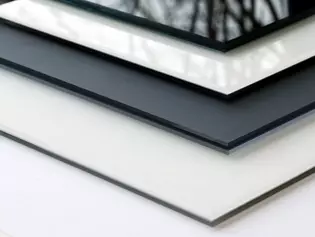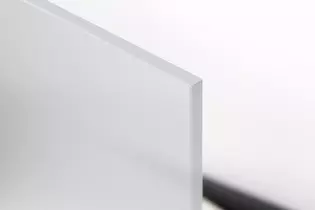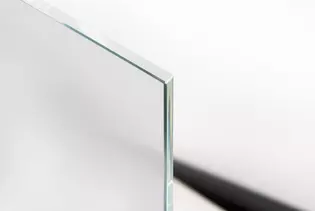Glass fascination
GLASS: A MATERIAL WITH HISTORY
The term "glass" comes from the Germanic "glasa" and meant "the shiny, shimmering". Glass is one of the oldest materials and looks back on nine thousand years of history. Although glass, unlike bronze or iron, has not given a name to any epoch, this material has accompanied the history of mankind since the dawn of time. The oldest finds are already known from the Stone Age. As early as 7000 BC, naturally formed obsidian glass was being processed. Because of its conchoidal fracture, it was used for cutting tools.
The first industrial processing - mainly for jewelry and small vessels - took place in Egypt around 3000 BC. Window glass has only been known since the Gothic period in the 12th century. At that time, however, the material still showed clear irregularities. The very smooth and homogeneous flat glass we know today was only made possible by the so-called float glass process. It is the most widely used construction glass today. Alastair Pilkington invented the float glass process in 1952.
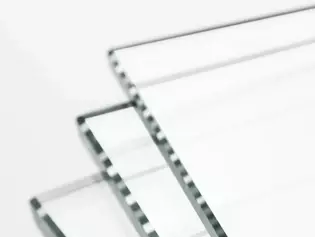
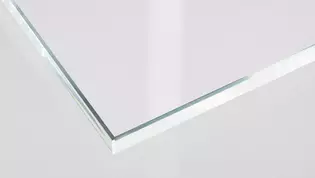
What is glass made of?
Glass is essentially made from lime, quartz sand and soda ash. Depending on the application, other raw materials are added. For flat glass, these are dolomite, feldspar and potash. Other components are added to change the appearance or the properties of the glass. For glass production, natural or nature-identical inorganic raw materials are used, which also occur or are produced in Europe. Glass is environmentally friendly, so that it can be 100 percent recycled.
How is glass made?
For glass production, the raw materials are bonded together by high heat. This is referred to as "molten glass" because the batch assumes a liquid state. The temperatures in the glass melting furnace are more than 1200 °C. During the subsequent refining process, the temperatures are increased again to remove gases. The mass can then be molded. For this purpose, it is cooled to the required forming temperature. The so-called float glass process is generally used to produce flat glass. In this process, the molten glass is continuously fed onto a bath of molten tin. The glass, which is about two-thirds lighter, floats on this bath and spreads out evenly like a film. The surface tension of the tin and the liquid glass creates the desired, very smooth surface. After the bath, the glass, which is still approx. 600 °C warm, is cooled in a lehr. In the cooling section, the thickness of the glass can be adjusted by the speed of the rollers. For glass doors, it is usually 8 or 10 mm. After the cooling phase, the glass can be cut to the desired dimensions.
